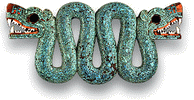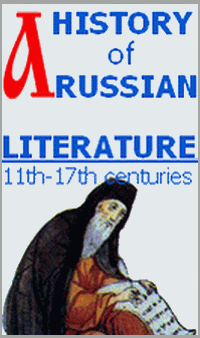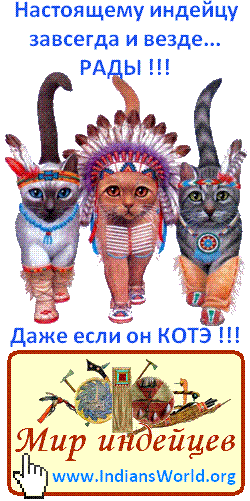Tlachtli – Ancient Mesoamerican Sports
Category: ArticlesBall games have been played in Mesoamerica since the earliest of times. The most popular of these ball games was called Tlachtli. Archeologists have discovered three thousand year old figurines of ball players wearing knee pads, gloves, and other equipment known to be used in Tlachtli ball games. The oldest ball courts arc found in the Mexican state of Chiapas and arc believed to have been constructed sometime around 700-550 ВС. It is believed that prior to this date the courts were simply rectangular open areas. Over time the styles and sizes of the courts changed. Sometime around 0-200 AD ball courts were constructed in the shape of the Roman Numeral I. The rules of the game varied from region to region. In ancient times there was a ball court in almost every city. Courts have been found dating back to the height of the Mayan and Toltec civilizations. The largest ball court was constructed in the ancient Toltec capital of Tula. It is 214 meters long. Tlachlti was so popular, that Tenochtitlan imported over 16,000 rubber balls annually. In fact, it was so popular in southern Mexico, that there were over forty ball courts in the Valley of Oaxaca alone. The soft-ball sized balls came from Vera Cruz where the rubber plant was plentiful.
Some of the ball courts had high parallel walls that bordered two opposite sides. There was a ring of stone hanging from each wall. Points were scored when the ball was passed through the rings. We know from pictorial evidence that there were two teams with seven players on each side, including a captain. Players wore a short skirt, with feathered crests on the back, knee protectors, sandals, and a cap or feathers. Each teams uniform had its own individual markings. Each player had a flat wooden plate in shape of a serpent in their right hand and a wooden club in his belt.
Numerous historians have researched Tlachli and concluded that it was played without the use of hands. Some have gone as far as calling it Mesoamerican hip ball. I agree with Professor Gualberlo Zapata when he says that without the use of the hands it would have been virtually impossible to put the ball through such a small ring at that height. Professor Alonzo’s point of view is supported by hard evidence. The points to the ancient carvings on the walls of the ball court in Chichen Itza as proof that hands were used. As he says, if they didn’t use their hands then why-did they need a club and Hat wooden serpents head.
We don’t know exactly how the game was played, but we do know that it was started by a referee who threw the ball between the players. Next, the players moved the ball by bouncing it off the walls until they were close enough to take a shot at the ring. If the ball touched the ground the game had to start over.


